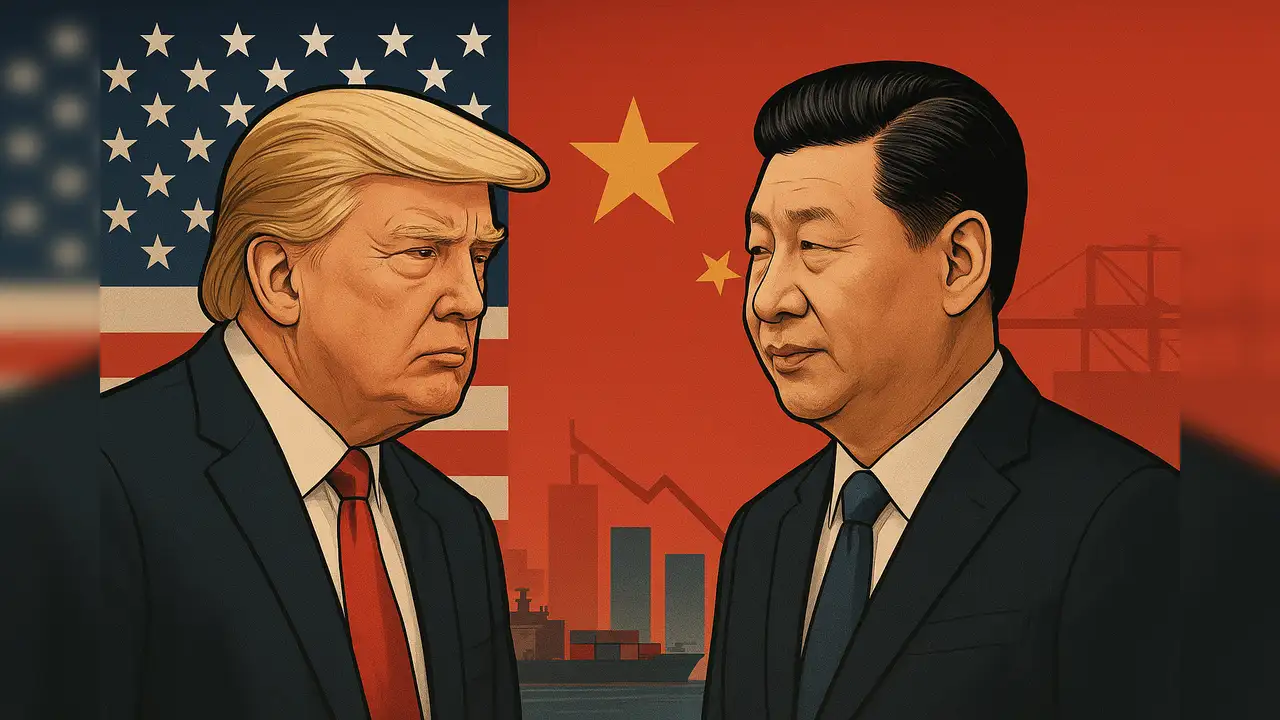By Samannay Biswas
Copyright timesnownews

For the first time in more than three decades, China has not purchased a single shipment of US soybeans at the start of the new export season, Bloomberg reported. The move underscores Beijing’s growing reliance on Brazil and other suppliers, while leveraging agriculture as a powerful bargaining chip in its escalating trade standoff with Washington. Historic Halt in Soybean Buying Data from the US Department of Agriculture (USDA) show that as of September 11, China had not booked any US soybean cargoes for the 2025–26 marketing season. This is the first such halt since records began in 1999, a stark contrast to last year when US soybeans accounted for nearly 20% of China’s imports , worth more than $12 billion and making up over half of total US soy export value. The absence of Chinese demand is already being felt across America’s farm belt. Soybean futures in Chicago are hovering near multi-year lows, with US growers warning of a looming “trade and financial precipice.” Farmers argue that continued tariffs , more than 20% on American beans , are crushing competitiveness at a time of bumper harvests. Beijing’s Strategy: Patience and Pressure According to Bloomberg, Beijing has built up strong soybean reserves and secured long-term supplies from Brazil, enabling it to hold back from US purchases without immediate risk to domestic needs. Chinese crushers and pig farmers, key users of soymeal for animal feed, are reportedly sitting on inventories covering months of demand. Agricultural analyst Even Pay of Trivium China told Bloomberg that China’s approach is “similar to its strategy with rare earths , carefully planned since the last trade war.” The message, analysts say, is clear: no purchases will be made without explicit political approval. This comes as Chinese President Xi Jinping prepares for a scheduled conversation with Donald Trump, with trade negotiations on semiconductors, rare earths, and agriculture all on the table. Ripple Effect on US Farmers For American farmers, the timing is grim. The Midwest is flush with supply, yet global buyers are steering clear of US beans amid uncertainty over tariffs. Many growers, who form a crucial voting bloc for Trump, are pressing the administration to strike a deal with China. “The pressure is immense,” said one Iowa farmer quoted by US media. “If China doesn’t return to buying, we’ll be staring at years of depressed prices.” Diversification Beyond Soy China’s retreat extends beyond soybeans. Purchases of US corn, wheat, and sorghum have also slowed sharply, as importers pivot to Brazil, Canada, and Australia. While overall grain demand is subdued due to China’s slower economy, the policy shift aligns with Beijing’s longer-term push to reduce dependence on US agricultural goods. Bloomberg data show that US-origin shipments have plunged across major grain categories, further highlighting Washington’s shrinking role in China’s food supply chain. A Calculated Gamble Still, Beijing’s strategy carries risks. Brazilian soybean prices have surged in recent months, and any disruption in South America’s harvest could leave China exposed. Analysts warn that a sudden deal with Washington could flood the Chinese market with cheaper US beans, destabilizing domestic prices. “If a trade agreement emerges, Chinese buyers will certainly return to the US market,” Pay said. “But until then, the priority is to demonstrate resilience and negotiating power.” Agriculture is expected to feature prominently in Trump’s trade discussions with Xi. While the former US president has urged China to quadruple soybean orders, experts caution that any breakthrough is unlikely over the phone. Instead, both sides are preparing for a more high-stakes, face-to-face summit later this year. For now, American farmers remain in limbo, waiting to see if one of their biggest customers will return , or if this marks the start of a long-term shift away from the US as a major agricultural supplier.



